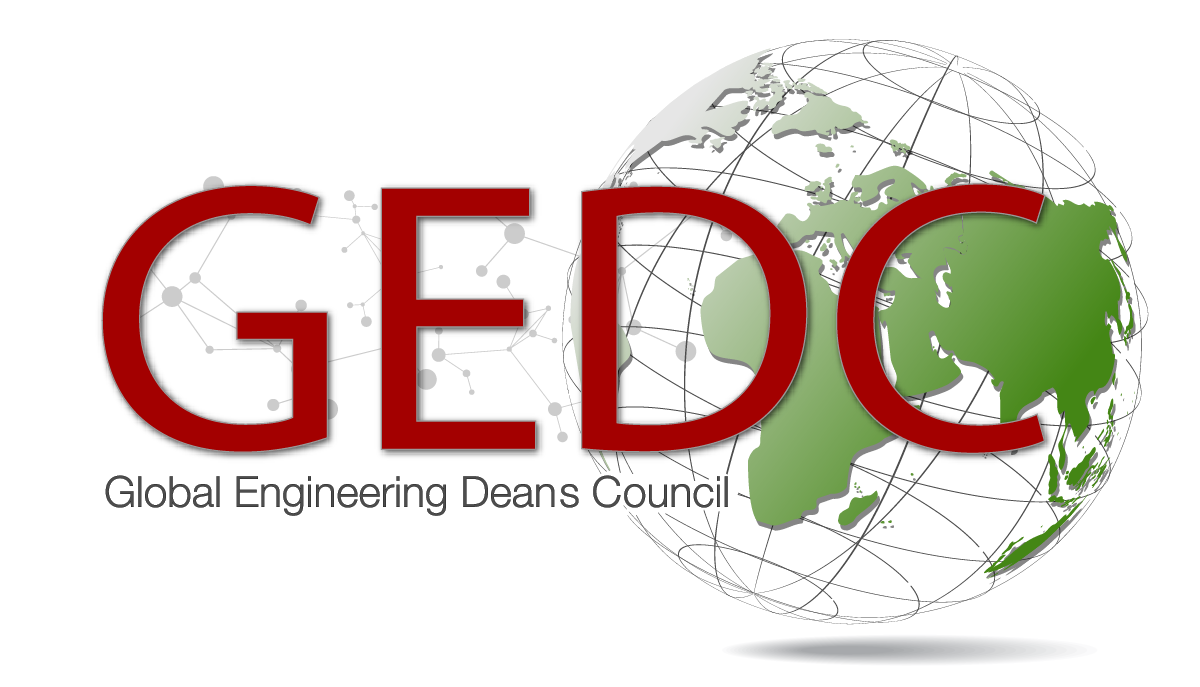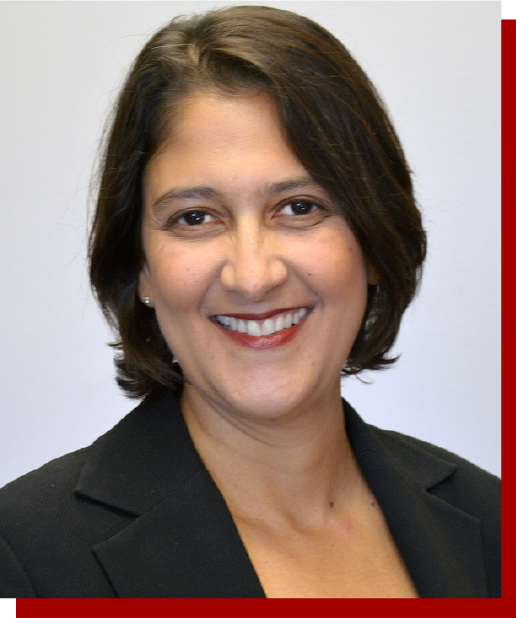Can you share with us some of the approaches that the Illinois Institute of Technology [IIT] is implementing in order to sustain growth in its Engineering College and retain a constant growth of its student body in addition to ethnic and gender diversity? At the Illinois Institute of Technology [IIT], what are some of the initiatives that you have undertaken to promote diversity in Engineering Education?
Engineering and technology are instruments for the advancement of humankind. Great world challenges spanning from struggling world economies, environmental and energy crisis, international warfare and conflicts, to social, educational, and health inequities – represent an opportunity for engineers to contribute and make a difference.
At Illinois Tech Armour College of Engineering (ACE), we educate students to be leaders in the development and use of multidisciplinary approaches and technology to solve complex, socially critical problems. We are committed to excellence in technology-focused education with a renewed emphasis on the entrepreneurial and ethical practice of engineering.
Towards that goal, and within our commitment to provide a distinctive and relevant engineering education, we have developed various academic and enrichment programs that foster Student Success. Those include the IIT Engineering Themes, Armour R&D, Summer UG Research Immersion, and ACE Student-Led Projects, among others.
The IIT Engineering Themes are a group of experiences that help undergraduates explore worldwide engineering issues while completing an accredited degree in their chosen field, without modifying – yet enriching- their degree plan. Curricular and extracurricular opportunities offered include: Technical Courses, Specialized Electives & Inter Professional Projects (IPROs), Team-intensive Engineering Projects, Internships, Lecture Series, Panel Discussions, Interactive Problem Solving, Field Work & Site Visits, Design Projects and Competitions, Network with Students, Industry Experts & Alumni at Social Events.
While students are learning the fundamentals of engineering in the classroom, we provide them with on- and off-campus opportunities to apply their technical knowledge to the Themes. These experiences bring together students from across departments and disciplines to work on a common solution. The current IIT Engineering Themes are: Water, Health, Energy, and Security.
At Armour, research is conducted by engineering students at all levels (Bachelor, Masters, and Doctoral). Conducting research in fields of significant impact, the research enterprise of our faculty and students expands from fundamental engineering science research to the development of new technologies with application to current industry and markets.
Armour R&D is the undergraduate engineering research signature program at Illinois Tech. Designed to enrich our engineering undergraduate programs with the value of laboratory research, Armour R&D provides undergraduate engineering students with early tools for research, the excitement of discovery and the opportunity to implement ideas.
A main focus of the program is for our undergraduate engineers to start thinking with a collaborative mindset from day one. Armour R&D provides engineering students with the opportunity to explore topics of high priority and relevance to society throughout their undergraduate degrees.
The ACE Mentoring, Innovation and Development (MIND) program and Student-led projects encourage undergraduate students to build on their research and begin to develop innovative products, tools, or processes.
In the summer, the main campus at Illinois Tech gets filled with students participating in the IIT Summer Engineering Research Immersion Program which offers experiential learning through faculty mentored research and practical engineering training, as part of the distinctive and comprehensive Armour College of Engineering Research and Development program for undergraduates (Armour R&D).
Research and development opportunities include biomedical engineering and health technology, engineering processes and product development, hardware, software, and communications, energy, water, transportation and sustainability, operations and project management, civil and construction engineering, engineering materials. Through these research opportunities, students have access to all facilities at the University including state-of-the-art engineering research laboratories, instructional laboratories and facilities, fabrication and design studios, and the campus at large (which is used as a laboratory for some of the practical engineering training projects).
In the past two summers, Illinois Tech hosted the largest contingency of students from the Brazil Scientific Mobility Program (BSMP) of any university in the world. Over 600 BSMP engineering students participated in the IIT Armour College Summer Undergraduate Engineering Research Immersion Program conducting research under the guidance of over 70 engineering faculty and researchers.
Distinctive and relevant engineering education at Illinois Tech emphasizes the human skills essential to success. Distinguished by the opportunity to apply ongoing learning to current problems of global impact, engineering students at Illinois Tech are being prepared to make a contribution on day one and a continuing impact throughout their careers.
The ACE Distinctive Education Programs promote student leadership, research, creativity, innovation and entrepreneurship and had demonstrated to have a positive impact upon student retention, graduation rate, and student job placement.
What are the Degree Programs offered by the Illinois Institute of Technology [IIT] and what are some of the salient ongoing research projects?
The Global Engineering Deans Council (GEDC) provides an excellent vehicle for engineering deans to network across the globe towards sharing knowledge and building on new partnerships that will leverage on combined strengths to address the complex challenges we are facing today.
Part of the complexity of contemporary challenges is that global problems are neither the same nor could be solved with the same approach. Creative and innovative solutions that are relevant to the local situation are needed for true impact. Therefore, the need for the diverse internationally connected engineering workforce that GEDC aspires to create.
I am thrilled to have been elected to be the next GEDC Chair and thankful to all my fellow deans for the opportunity and privilege to serve.
One of my main goals as GEDC Chair will be to increase the diversity of the GEDC membership, specifically working towards expanding and increasing participation of engineering deans from developing countries. A challenge on its own, providing effective access to engineering deans from developing countries to the GEDC network will require creative approaches, and I look forward to working with the current GEDC leadership and engineering deans across the globe toward achieving this goal.
I believe that the continuous (and increased) partnership of academic institutions in developed countries, the increased engagement of local and global industry, and the support of local governments are fundamental to success. GEDC should continue its ongoing efforts to increase and nurture those relationships.
As we work towards building international partnerships focused on innovative engineering education and research programs, we must consider the various stages of development of engineering education in different regions of the world and keep relevance and impact to the local situation always a high priority.
We should focus our effort on preparing engineering students to face contemporary challenges and make the world a better place with smart, sustainable solutions that are created and implemented with knowledge, ethics, passion and compassion for those in need at each of our respective home countries and around the World. The global perspective is a vital element for success.
International educational and research collaborations that will facilitate engineering faculty across the globe to apply their research (and contribute their knowledge) to the solution of problems at home and somewhere else should remain a priority of the GEDC community. Creating opportunities for engineering students to apply ongoing and continuous learning toward designing and implementing solutions for contemporary problems of global impact is an effective strategy to aid engineering students (and the community at large) to better understand contemporary worldwide challenges and promote engagement to achieve solutions.
Are there any international partnerships between the Illinois Institute of Technology [IIT] and other schools in Europe, Africa and other regions of the world? What are some of the cutting edge engineering education advancements at the College of Engineering during the last few years under your leadership?
“Illinois Tech attracts students from all over the world. In addition to educating students to be technically proficient, analytical thinkers, we also seek to inspire them to innovate”.
With students from more that 100 countries, we are proud to offer a global experience right on campus.
At Illinois Tech we hold many inter-institutional agreements of cooperation with 19 countries around the world (Europe, Asia, Africa, and Latin America). These agreements include double degree master’s programs with several European schools, a dual degree program with Mexico, 2+2 bachelor’s with some Chinese universities, and multiple bilateral exchanges with several other universities. Illinois Tech belongs to the Global Engineering Education Exchange (a multilateral exchange)
Although Illinois Tech doesn’t have any branch campuses abroad, we have offices in India (Bangalore, Chennai, Delhi, Hyderabad, Mumbai and Pune), Beijing, Seoul, and Paris that serve our international students by facilitating some of our online programs (providing computer labs, exam proctoring, etc.) and offering pre-departure orientation, among other support services.
Student diversity and globalization of our education is a priority at Illinois Tech. We continue to work towards increasing out global outreach and building new educational and research collaborations, including faculty and student exchange programs, with higher education institutions around the world.

